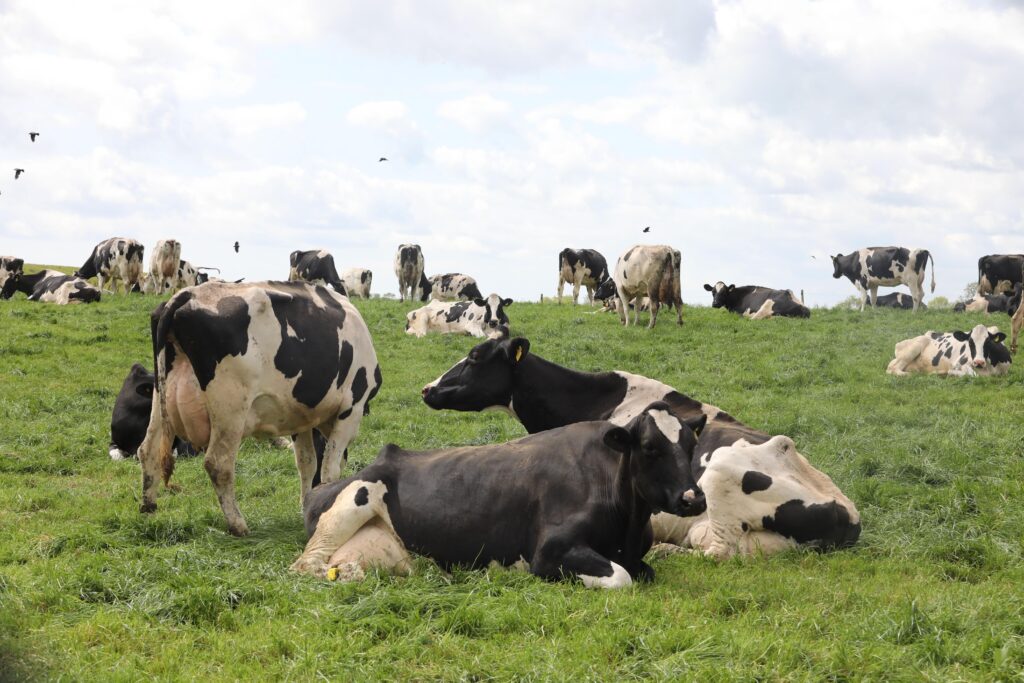
It comes as a host of Irish milk processors announced sharp cuts to their base milk prices for July supplies, with many forced into adding significant top-up payments to payouts in order to support farmers as the cost of production remains high.
Prices were sharply lower at the latest GDT auction earlier this week, with all major product streams lower, with the biggest mover a near 11% fall in Whole Milk Powder prices.
“With Fonterra increasing offer volumes ahead of the event, the market had been expecting further downward pressure on prices, but last night’s dip significantly exceeded the 6% fall being priced.
“The result means overall dairy prices are now at their lowest point since late 2018, while WMP prices are at their lowest point since this time in 2016.
“We’ve been among the most bearish forecasters this season, but dairy prices have fallen further and faster than even we had anticipated. Unless these falls are all unwound over the next couple of auctions, the lower starting point for dairy prices – particularly WMP – mechanically pushes our forecast lower.
“With WMP offer volumes higher over the coming GDT events, it’s hard to imagine a rapid reversal. There is a bit of an upward kink in the contract curve, which could imply buyers are anticipating a bit of a tightening in supply as the season wears on..,” he said.
Keall, an economist of New Zealand bank ASB highlighted that Chinese demand remains soft.
“Purchases have ticked up a little over the last couple of auctions – perhaps a bit of bargain hunting – but ‘North Asia’ is still buying quantities well below historical averages.
“Chinese WMP consumption is still at three-and-a-half year lows, while both production and inventories remain strong.
“With the Chinese economy continuing to deteriorate – latest data saw big downside surprises in retail sales and industrial production – dairy consumption is unlikely to dramatically improve in the medium term,” he said.
However, Keall said dairy supplies do look set to tighten towards the latter half of the season.
“With prices at levels where farmer margins are already under enormous pressure, a supply response via lower production looks inevitable. Here in New Zealand, El Nino conditions are usually associated with lower output. “Still, given where demand is sitting, we don’t anticipate supply will have tightened enough to provide much support for prices until after much of the season’s product has already been priced,” he said.



